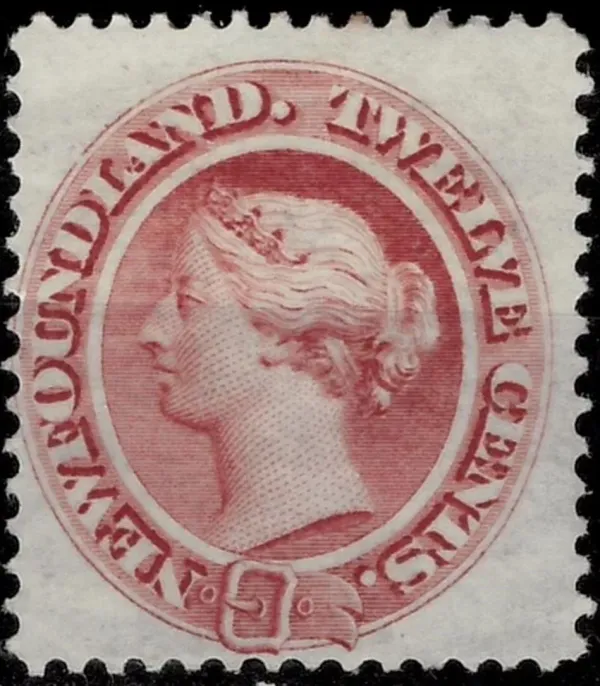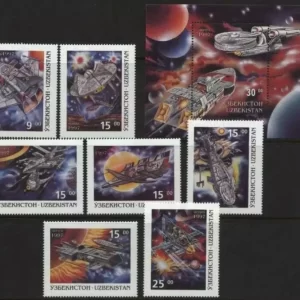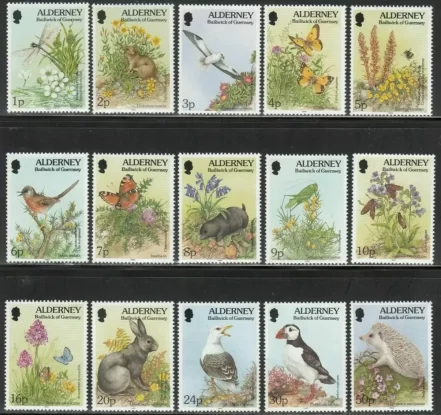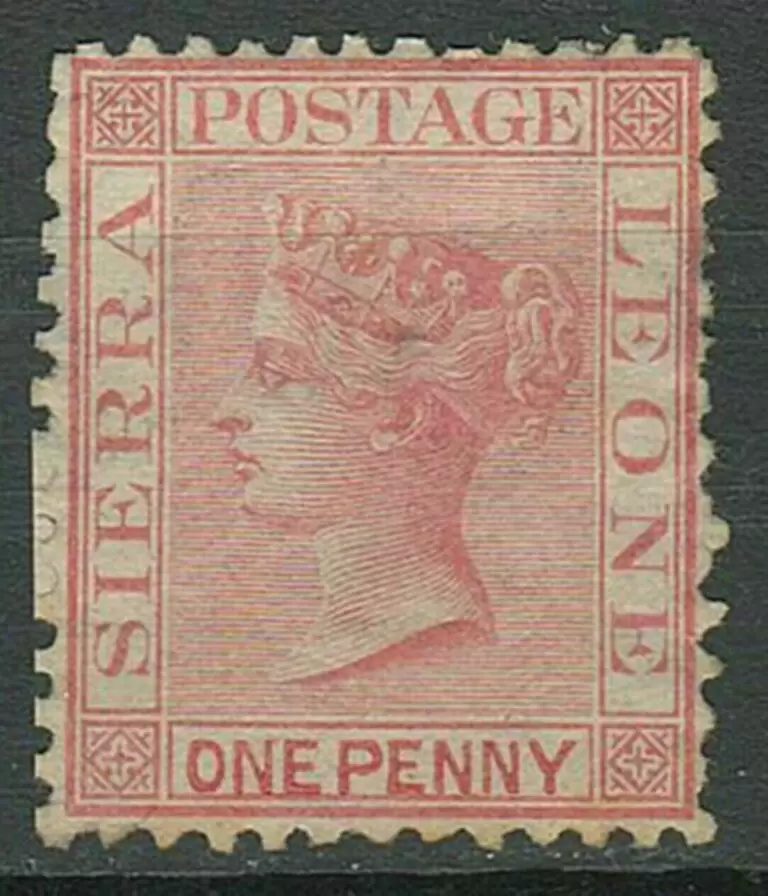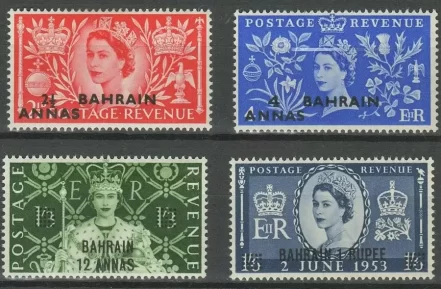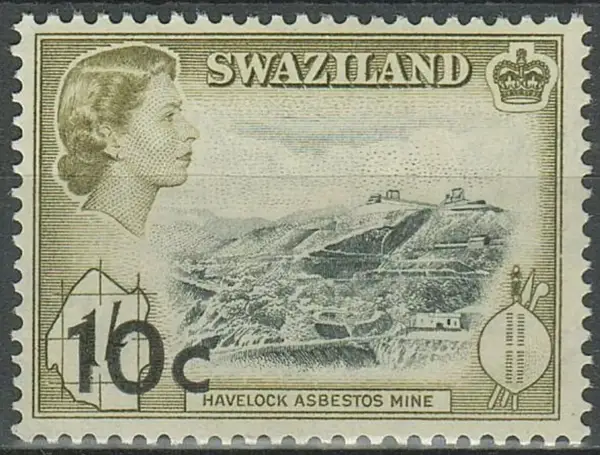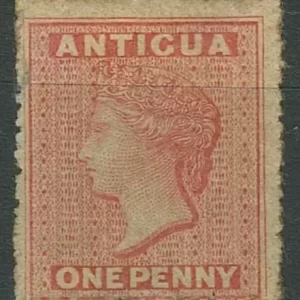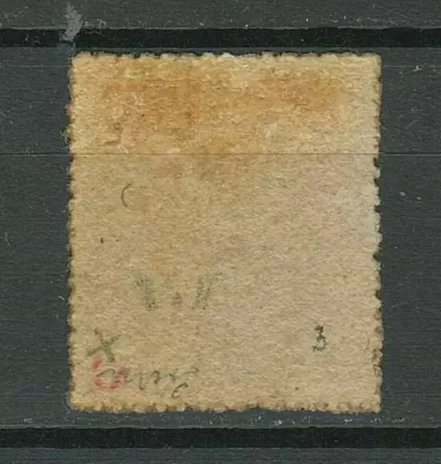Newfoundland postage stamp year 1866 12 c Brownish red QV MH
Country: Newfoundland (pre-Confederation with Canada)
Year of Issue: Often cited as part of the 1865-1875 “First Cents Issue” series, with the specific color shade sometimes listed as 1865 or 1866.
Denomination: 12 Cents
Color: Brownish red (or often listed as Red-brown or Pale red brown)
Subject: Queen Victoria (QV) (portrait)
Catalogue Number: This stamp is generally recognized in the Scott Catalogue as Scott #28a (Pale red brown, issued 1865) or sometimes as Scott #28 (Red brown, issued 1870, same design). The Stanley Gibbons (SG) catalogue number is often SG 28 (1865 12c Red-brown).

